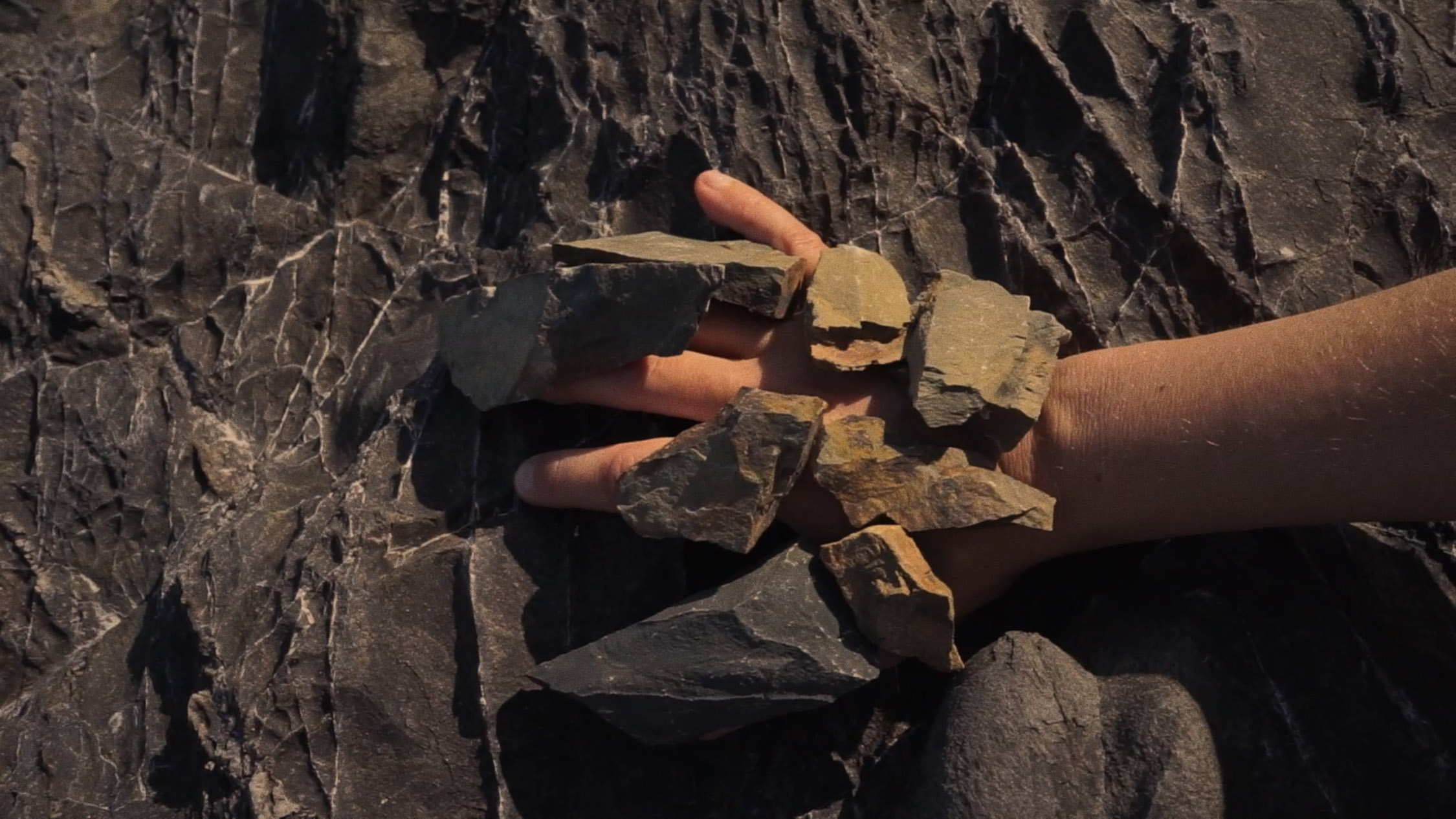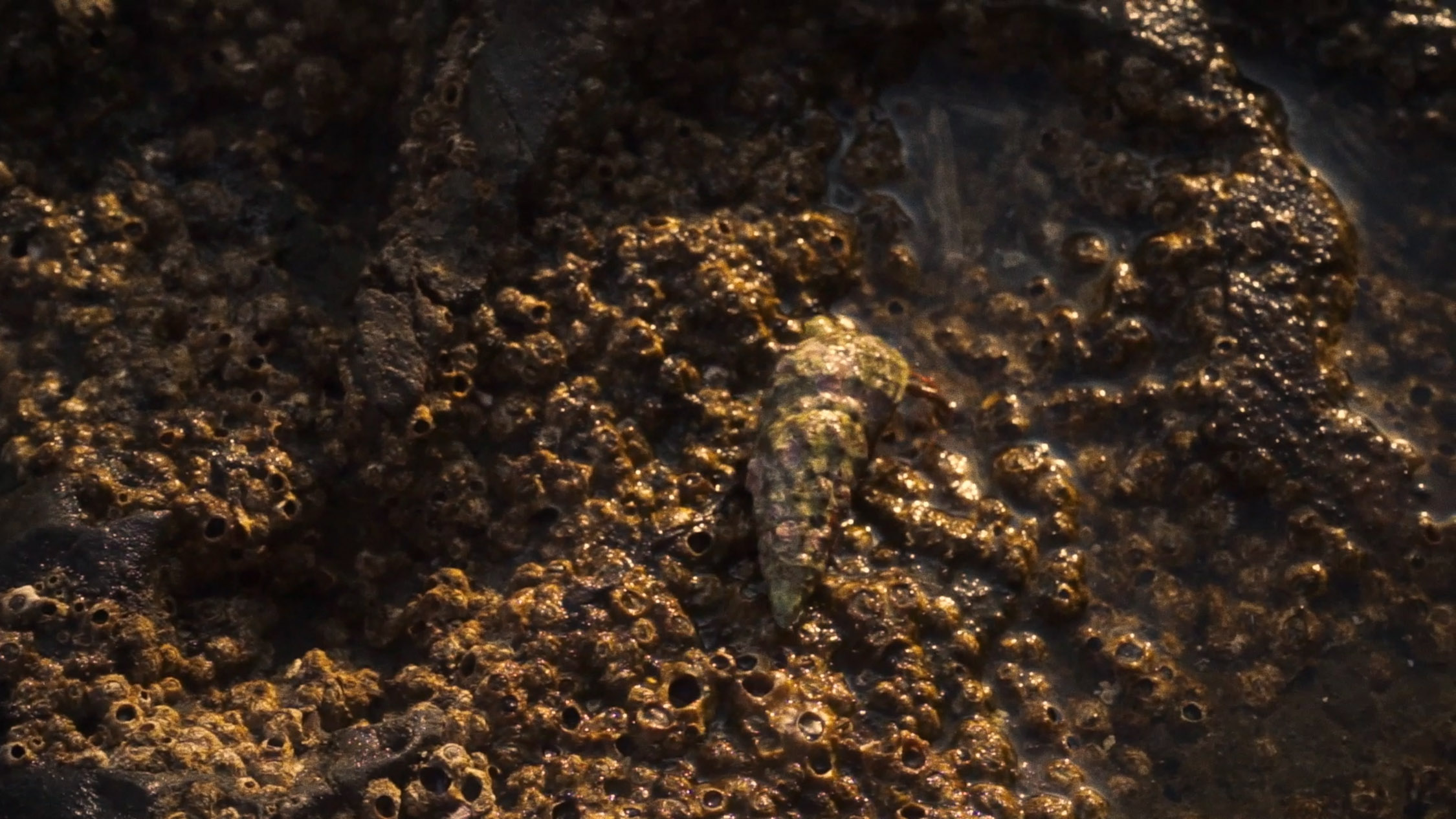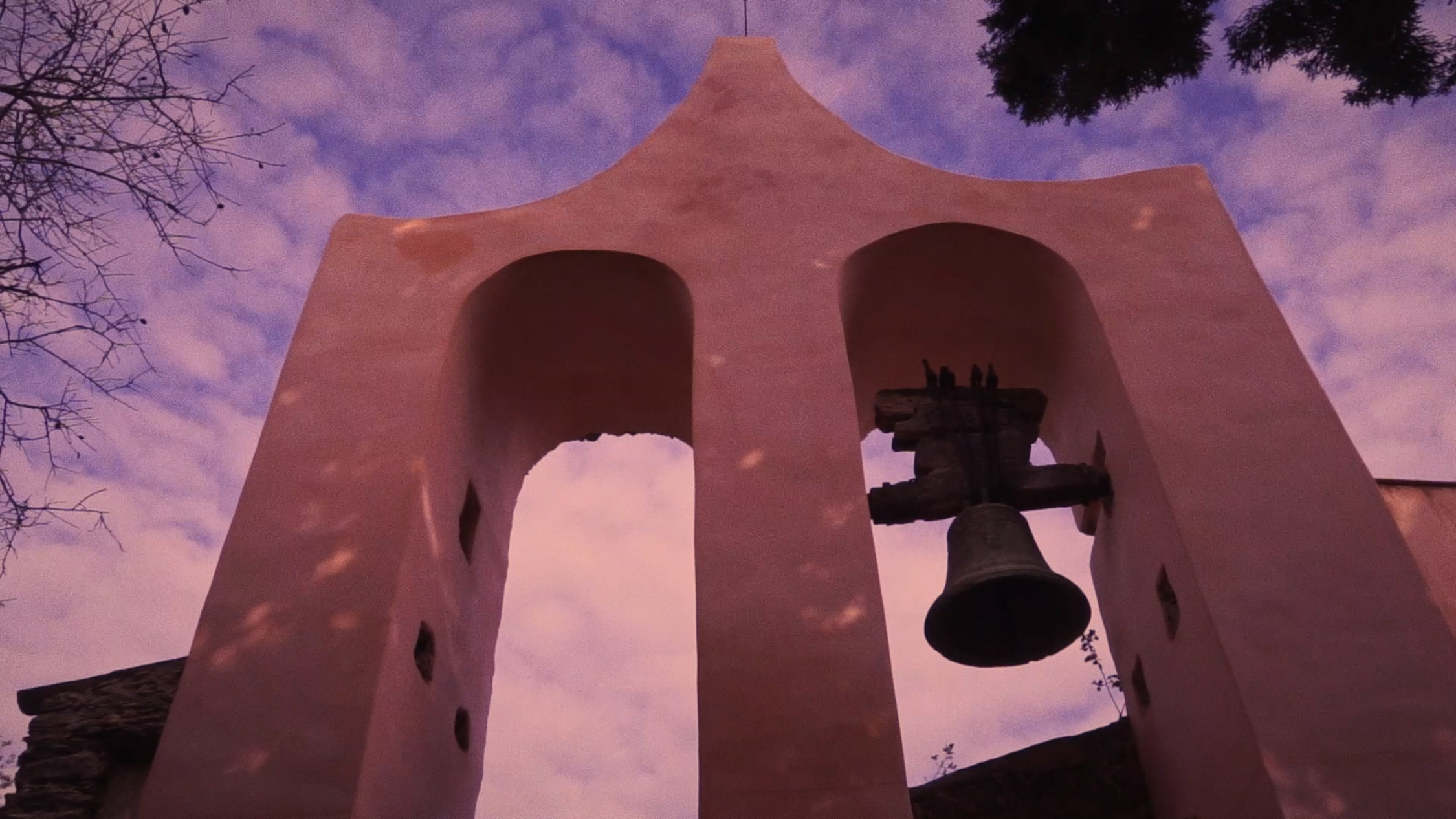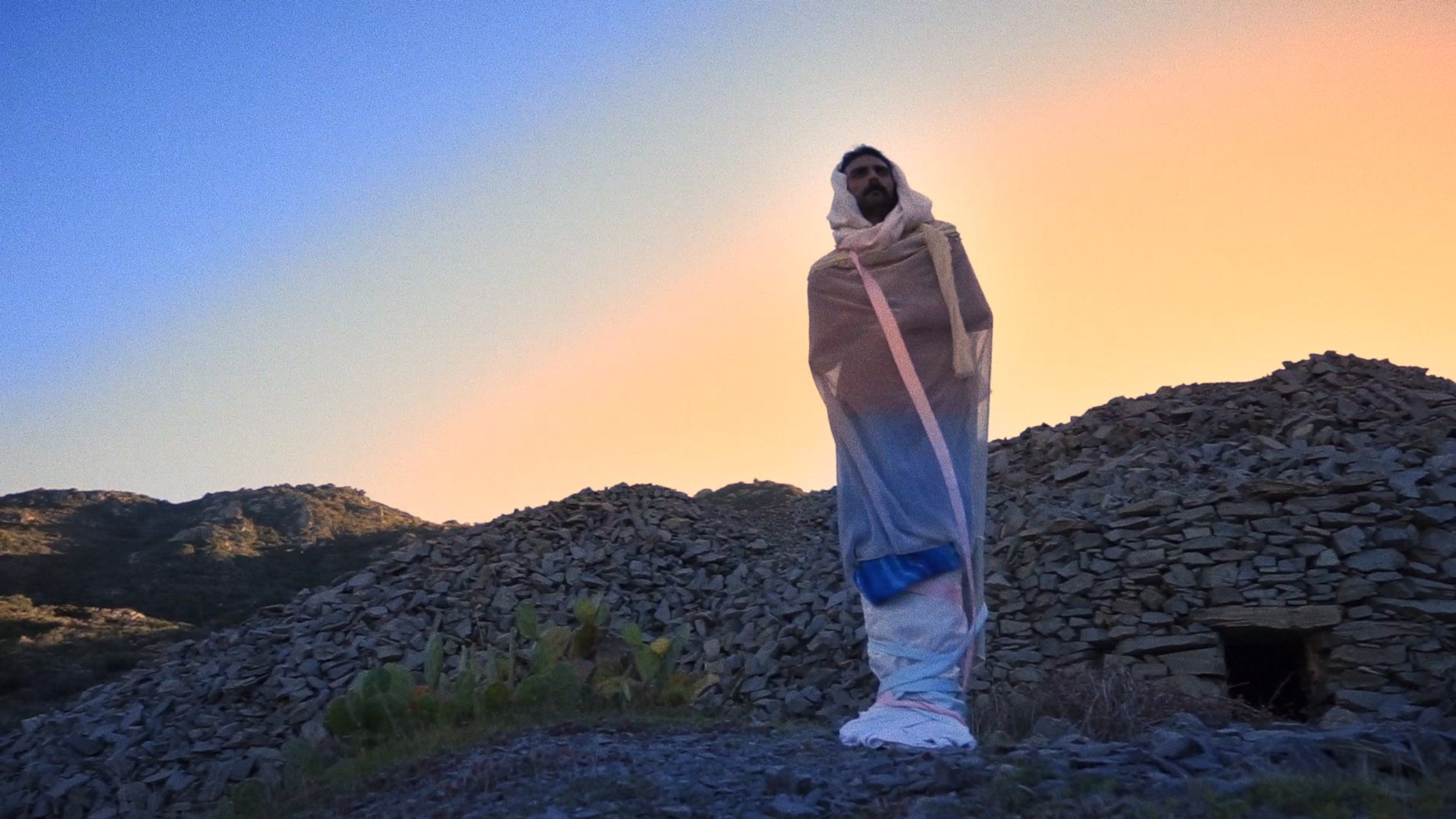Green, how I want you green.
Green wind. Green branches.
The ship out on the sea
and the horse on the mountain.
–Federico García Lorca
This series of films departs from a conversation on landscape in the poetry of Federico Garcia Lorca and Mahmoud Darwish. It posits landscape as a place of connection as well as a reflection on memory, distance, and exile. The figure of the olive tree connects a wide Mediterranean region through millennia of parallel agricultural ritual and ecological coexistence. The olive branch is known as a symbol of peace while residing in a region that has been cut apart and divided.
Trees are a living archive of the land. Olive trees can live up to thousands of years, making them a stable and familiar element for generations of their neighbours. The olive branch is a symbol of peace whose stable grip has been wrested from the soil. They are also targets in the ongoing catastrophe in Palestine that is impossible not to speak of.
***
In the 12th century, Master Cabestany was commissioned to embellish the doorway of the monastery of Sant Pere de Rodes in Cap de Creus. The narrative of this film spins a series of hypothetical spiritual and religious reflections by the artist as he fantasises about his future sculptures. The film is a material journey through visuals of water, stone, and flora in communion with the human form. These scenes follow the influences for Cabestany’s work: three biblical vignettes including the resurrection of Lazarus, the turning of water into wine, and the miracle of the withered hand.
Sant Pere de Rodes has been a destination for Christian pilgrims since the 12th century. Its fame rose due to the important collection of relics of the Saints that had been accumulated there after the crusades. Xavier Nueno introduces the film by contextualising the source of the monastery’s fame: “The most important loot of the crusades is highly morbid: it is the thousands of body parts that the crusaders carried away from Constantinople. The cult of relics is one of the most defining aspects of Christianity during the middle age. Their symbolic power is immense: monasteries and churches justified their authority through the possession of these fragmented human remains.”[1]
The film shows a representation of Lazarus, wrapped in white grave-cloths against rocky terrain, swerving before a sunset as flowering cacti sprout from the arid ground. The miracle of Lazarus took place in the town of Bethany – today known as El-Eizariya, located in the Palestinian West Bank. Jesus arrived at the tomb where he had been buried four days prior and restored Lazarus to life, therefore conquering death. The Catholic belief in transubstantiation means that the body of the saint contains transitive properties that can be acquired through touch or, in the case of the sacramental bread, ingestion. Although human bones were the most valuable objects to pillage, pilgrims to the holy land also took with them sand or pebbles believing that they were carrying away a miraculous connection to the holy site.
Pier Paolo Pasolini visited Palestine in the 1960’s resulting the film Sopralluoghi in Palestina per il Vangelo Secondo Matteo(1965). He went looking for the sites of the origins of Christianity, but left with words and thoughts about the layers of modernity and the falseness of what he termed “colonial peace.”[2] He ended up opting to film Il Vangelo Secondo Matteo in Southern Italy which became more “authentic” in his eyes due to the occupation’s importation of post-modernity into the original landscape of Palestine. Tharrats and Ventura’s scenes are filmed around the monastery of Sant Pere de Rodes after research into its rise as a holy destination and its most important artistic commissions. The role of movement of the body through landscape in the act of pilgrimage and the drive to create proxy sites for Western Christendom relates to the centrality of Palestine across the Mediterranean imaginary
[1] Own translation. “El botí més important de les creuades és extremadament mòrbid: són els milers de bocins de cossos que els creuats s’enduen de Constantinoble. El culte a les relíquies és un dels aspectes més singulars del cristianisme durant l’edat mitjana. El seu poder simbòlic és enorme: monestirs i esglésies funden la seva autoritat a través de fragments de cossos humans.” Text written for Rosa Tharrats & Gabriel Ventura, Arbar.
[2] Nicola Perugini, “Paradoxical Modernity: Pasolini and Israele,” Jadaliyya, 14 July 2016. (https://www.jadaliyya.com/Details/33405)
Gabriel Ventura (Granollers, 1988) is a writer and artist. His work usually starts from poetry and expands in other directions such as performance or video. His latest publications include W (2017), Apunts per a un incendi dels ulls (2020) or La nit portuguesa (2021). He has participated through actions and readings at MACBA (Barcelona), Bòlit (Girona), Bombon Projects (Barcelona), and the Catalan Pavilion at the Venice Biennale in 2019. He is currently exhibiting in Manifesta 15.
Rosa Tharrats (1983) is an artist and a fashion and costume designer from Barcelona. Her practice explores material synchronicities through weaving, tailoring, upholstery, painting, and performance. She has recently exhibited at Bombon Projects, (Barcelona, 2021, 2024), Eina Bosc (Barcelona, 2023), TBA21 (Córdoba, 2022), Ehrhard Flórez (Madrid, 2022 and 2018) and MACBA, (Barcelona, 2021). She is currently exhibiting at Manifesta 15 (Barcelona), together with Gabriel Ventura.
Àngels Miralda (1990) is an independent writer and curator. Her recent exhibitions have taken place at Something Else III (Cairo Biennale); Garage Art Space (Nicosia); Radius CCA (Delft), P////AKT (Amsterdam), Tallinn Art Hall (Estonia), MGLC – International Centre for Graphic Arts (Ljubljana), De Appel (Amsterdam), Galerija Miroslav Kraljevic (Municipal Gallery of Zagreb), the Museum of Contemporary Art of Chile (Santiago), Museu de Angra do Heroísmo (Terceira – Azores), and the Latvian Centre for Contemporary Art (Riga). Miralda wrote for Artforum from 2019-2023 and regularly publishes with Terremoto (Mexico City), A*Desk (Barcelona), Arts of the Working Class (Berlin), and is editor-in-chief of Collecteurs (New York).






